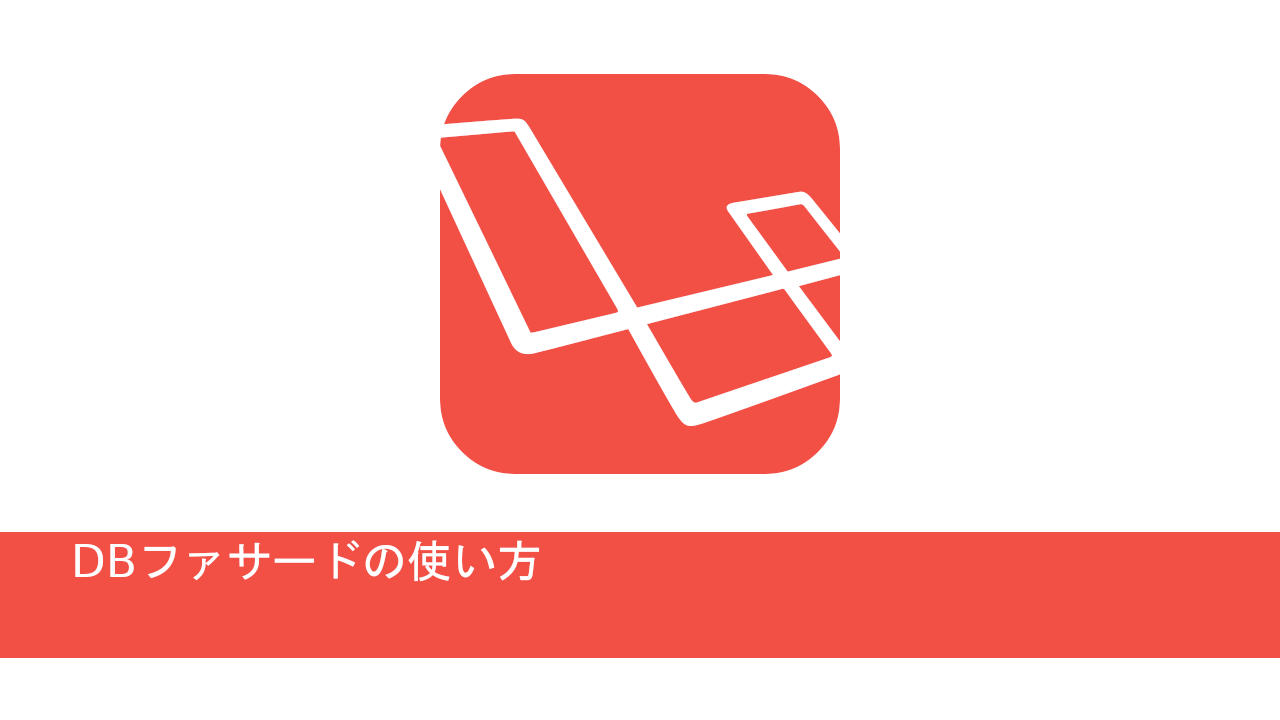DBファサードの使い方|Laravel
LaravelのコントローラではDBファサードを使用してデータベース操作が行えます。
本記事では基本的なデータベース操作についてのみ説明します。
データの取得
SELECT関係は以下のようにします。reportsテーブルのstatusカラムの値が1以上のレコードを取得する例。
select()
$reports = DB::select('select * from reports where status >= ?', [1]);
table() を使う
$reports = DB::table('reports')
->where('status', '>=', 1)
->get();
DB::selectの戻り値は配列になります。get()で取得した戻り値はIlluminate\Support\Collectionクラスです。
条件指定のサンプル
where()やorWhere()を使用した条件指定のサンプルです。
// 条件A かつ 条件B
DB::table('reports')
->where('status', '>=', 1) // 条件A
->where('status', '<', 10) // 条件B
->get();
// 条件A または 条件B
DB::table('reports')
->where('id', '=', $id) // 条件A
->orWhere('name', '<>', '') // 条件B
->get();
// 条件A かつ (条件B または 条件C)
DB::table('reports')
->where('id', '=', $id) // 条件A
->where(function ($query) {
$query->orWhere('name', '<>', '') // 条件B
->orWhere('detail', '<>', ''); // 条件C
})
->get();
値の一致判定する場合、第2引数に値を記述する方法も可能です。下記はそれぞれ同じ意味になります。
->where('id', '=', $id)
->where('id', $id)
並べ替え
ORDER BY句は以下のように指定します。第1引数がカラム名です。
->orderBy('modified', 'ASC')
データベースの更新
update()
レコードを更新します。戻り値は更新件数です。
$result = DB::table('reports')
->where('id', '=', $id)
->update(['status' => 0]);
insert()
レコードを追加します。戻り値は成否の真偽値です。
$result = DB::table('reports')
->insert(['id' => $id, 'status' => 1]);
delete()
レコードを削除します。戻り値は削除件数です。
$count = DB::table('reports')
->where('status', 99)
->delete();


